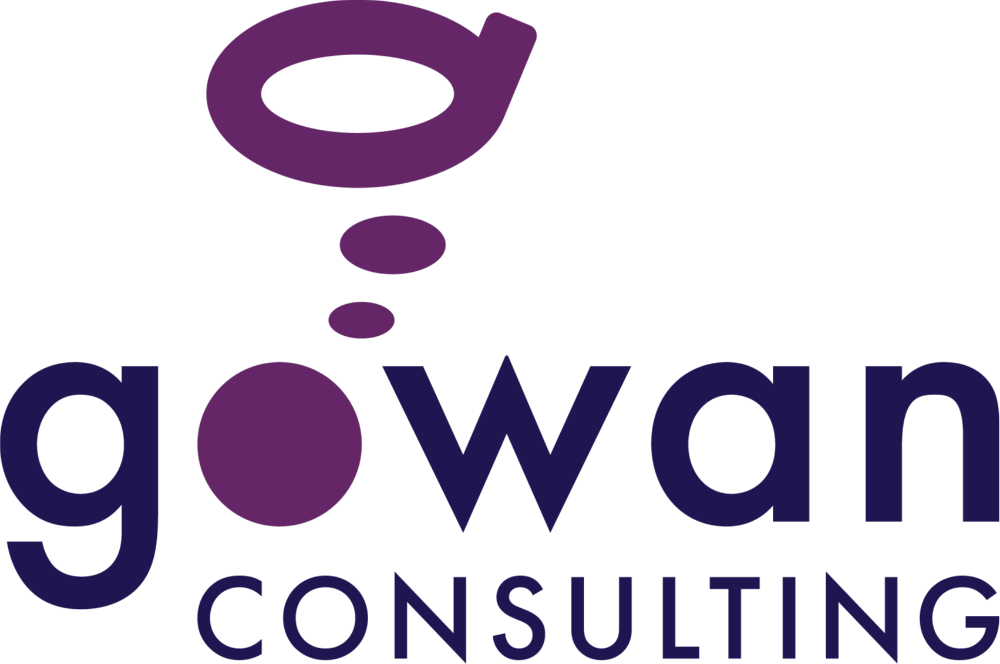The National Standard for Psychological Health and Safety in the Workplace
Jun 02, 2023
Psychological health and safety is an important part of how people interact with one another on a daily basis. While our health is primarily our own responsibility, the workplace can and does play a significant role in our ability to manage both our physical and psychological health. Work can be a source of wellbeing and opportunity to be productive and contribute to society. It can also be a source of stress that leads to poor mental health or makes all the life issues we deal with worse. If done right, work can be a refuge for workers during difficult times.
Ensuring psychological safety not only helps employees, but also makes a huge difference in corporations by affecting the performance of teams and the cost of doing business. Teams that have a high degree of psychological safety are the highest performing teams, the most inclusive, and are the teams people want to be a part of. These teams have reduced grievances, turnover, disability, injury rates, absenteeism, morale problems, and the potential for the development of workplace conflict. In a day where costs have never been higher, retention is a constant struggle, and employee health is in decline, considering systems to manage psychological health and safety should be of utmost importance for organizations.
Psychological Health and Safety Challenges
Understanding the psychological needs of our working population is essential in solving some of the issues organizations are facing today. Staff shortage issues, high turnover, difficulty finding the right candidates for job openings – sound familiar?
The bulk of our workforce is Gen X and Millennial employees, with Gen Z employees becoming our future. According to a recent report from Deloitte, among the top reasons for Millennials and Gen Zs leaving a job include low pay, feeling that the job was detrimental to their mental health, and feeling burned out. Top reasons for choosing a new job include good work/life balance, learning and development opportunities, and higher salary and benefits.
In Deloitte’s survey, they found that half of the workers surveyed agree that organizations are talking more about mental health, but it has not resulted in any meaningful impact on employees. Burnout remains a real issue among this population. The survey showed:
- 46% of Gen Z and 45% of Millennials are burned out due to intensity of workload.
- 44% of Gen Z and 43% of Millennials agree that many have recently left an organization due to burnout.
- 20% of Gen Z and 24% of Millennials do not believe employers take burnout seriously.
Workers are still not comfortable discussing mental health issues at work or accessing the support put in place by the employer. One-third of Gen Z and Millennials said they would not be comfortable speaking openly with their direct manager about mental health challenges. It is clear that we have a long way to go in creating a psychologically safe workplace for employees – the National Standard is a great starting place.
What is the National Standard for Psychological Health and Safety?
The Standard is a voluntary guide and reference model for assessing psychological health and safety (PHS) risk, and it is championed by the Mental Health Commission of Canada (MHCC). It is a management system that is grounded in key objectives, purposes, and principles and aims to direct change in how mental health and mental illness are approached in the workplace. It is not a regulation or legislation for employers at this time.
The definition of a psychologically healthy and safe workplace, according to the Standard, is “a workplace that promotes workers’ psychological well-being and actively works to prevent harm to worker psychological health, including in negligent, reckless or intentional ways.” The pillars to a PHS system are preventing psychological harm from workplace conditions, promoting psychological health by providing support in the workplace, and resolving incidents and concerns around psychological health and safety.
Even though the Standard is voluntary and has no legal force, it is predicted to have an impact because it provides a definition of PHS and a framework for a system. Employers can use it as a tool to help avoid legal liability for the psychological injury of workers in the workplace. Dr. Martin Shain, in his article Tracking the Perfect Legal Storm, states “emerging case law increasingly holds employers responsible for providing a psychologically safe workplace.” It’s no longer something good to do and nice to do – it is in fact becoming a legal imperative.
The Impact on Laws
The Standard was created based on seven fields of law and could potentially be used within these fields:
- Occupational Health and Safety – The employer shall “take every precaution reasonable in the circumstances for the protection of a worker.” The act includes anti-harassment provisions and other provisions specifically aimed at psychological safety.
- Employment Contract Law – The contract of employment implies a requirement for a safe system of work. The Standard definition may provide a clearer basis for tribunals and courts to determine when a breach of an implied contractual term with respect to psychological safety in an employment contract has taken place.
- Labour Law – The breach of a collective agreement; existing arbitration has deemed collective agreements to include the Occupational Health & Safety Act and deemed that mental health is part of the definition of health in that legislation.
- Tort Law – The Standard could act as a defense against claims of negligence causing psychological injury if an employer demonstrates every reasonable effort to comply with the Standard.
- Human Rights – The protection from discrimination in employment on various grounds including disability (encompasses mental illness).
- Employment Standards Legislation – The Canada Labour code and Ontario’s Employment Standards Acts covers issues such as how shifts are scheduled, overtime, and other rights.
Next Steps for Implementing a Psychological Health and Safety Management System
The Standard provides organizations with a framework within which to implement the Standard. The framework’s five key elements include the following: commitment, leadership, and participation; planning; implementation; evaluation and corrective action; and management review and continual improvement.
As you work to implement the framework in your organization, here are some next steps to consider:
- Download the Standard and Implementation Handbook and become familiar with it.
- Conduct a review of psychological health and safety in your organization and create your plan.
- Have you developed an organizational policy?
- Can you articulate what PHS means to your organization?
- Are resources in place to follow through with a plan?
- Do you have leadership commitment and stakeholder participation?
- Have you considered confidentiality, diversity, and inclusion?
The implementation of the Standard is a process and a journey. It can be implemented over time piece by piece. The key is to start somewhere and continuously review. They say the best time to plant a tree was 20 years ago, and the next best time is today – the same goes for your psychological health and safety program.
How Can Gowan Consulting Help?
- Our team can assist with your SWOT analysis, policy review, and psychological health and safety plan creation. Contact us for a free consultation to get started.
- Our Occupational Therapists are trained in OT-based Psychotherapy treatment (CBT, DBT, ACT) and can help employees with mental health concerns lead engaging and meaningful lives. Make a referral to an Occupational Therapist today.
- We provide individuals and teams with Psychological Safety at Work Training, Manager Mental Health Training, Inclusive Leader Training, and more. Our custom workshops and online courses cover all areas of psychological risks within the workplace. We assist employers in assessing and reducing the risks as well as implementing strategies and tools within the workplace.
- We provide success coaching to individuals and teams to address behaviors, communication, emotion regulation, organization, and stress management. Contact us to learn more.
Resources and References
- National Standard of Canada – Psychological health and safety in the workplace, Mental Health Commission of Canada CSA 2018
- Assembling the Pieces – An implementation guide to the National Standard for Psychological Health and Safety in the workplace, Mental Health Commission of Canada 2014
- Dr. Martin Shain, Tracking the Perfect Legal Storm, Mental Health Commission of Canada
- Kooij, Jansen, Dikkers and deLange, Managing aging workers: a mixed methods study on bundles of HR practices for aging workers. International Journal of Human Resource Management 2014 Vol 25, 15 2192-2212
- Howatt HR Consulting: The Psychological Safe Leader’s Playbook 2020
- Deloitte: The Mental Health of GenZ and Millennials in the New World of Work 2022
- Guarding Minds at Work
- Great-West Life Centre for Mental Health in the Workplace Survey 2012
- NeuroLeadership Institute, Psychological Safety, 2023

